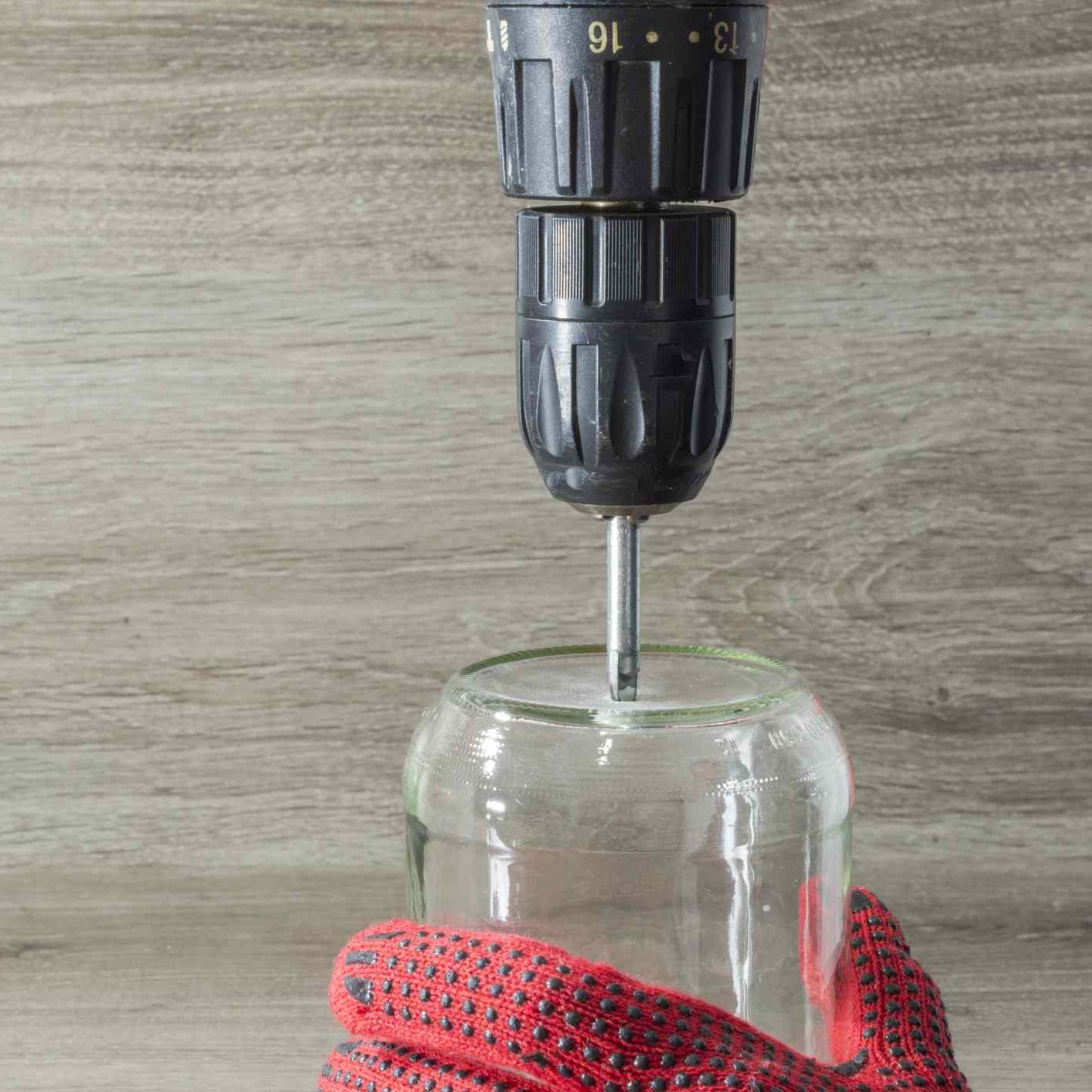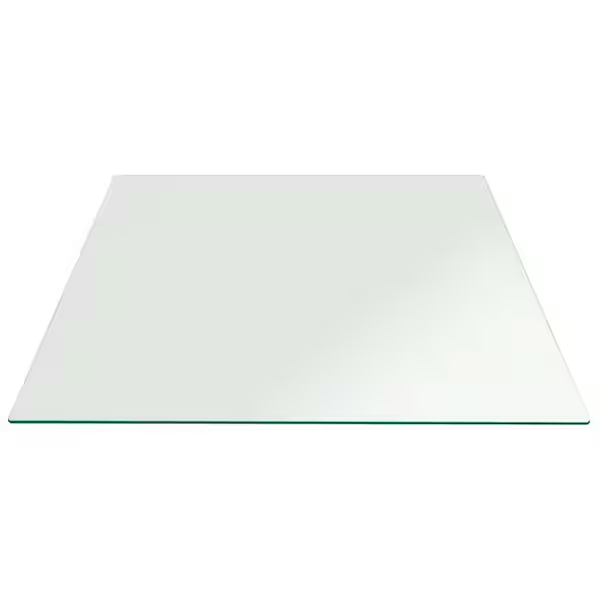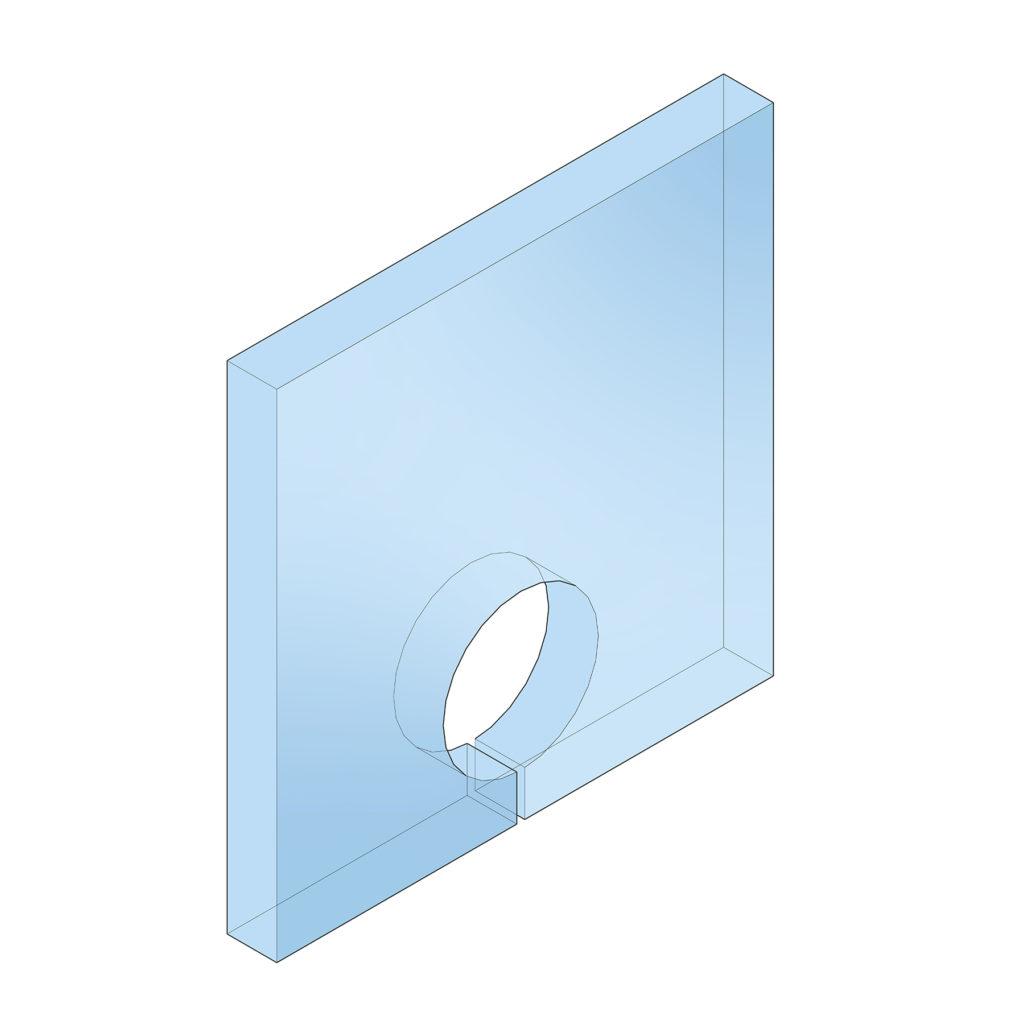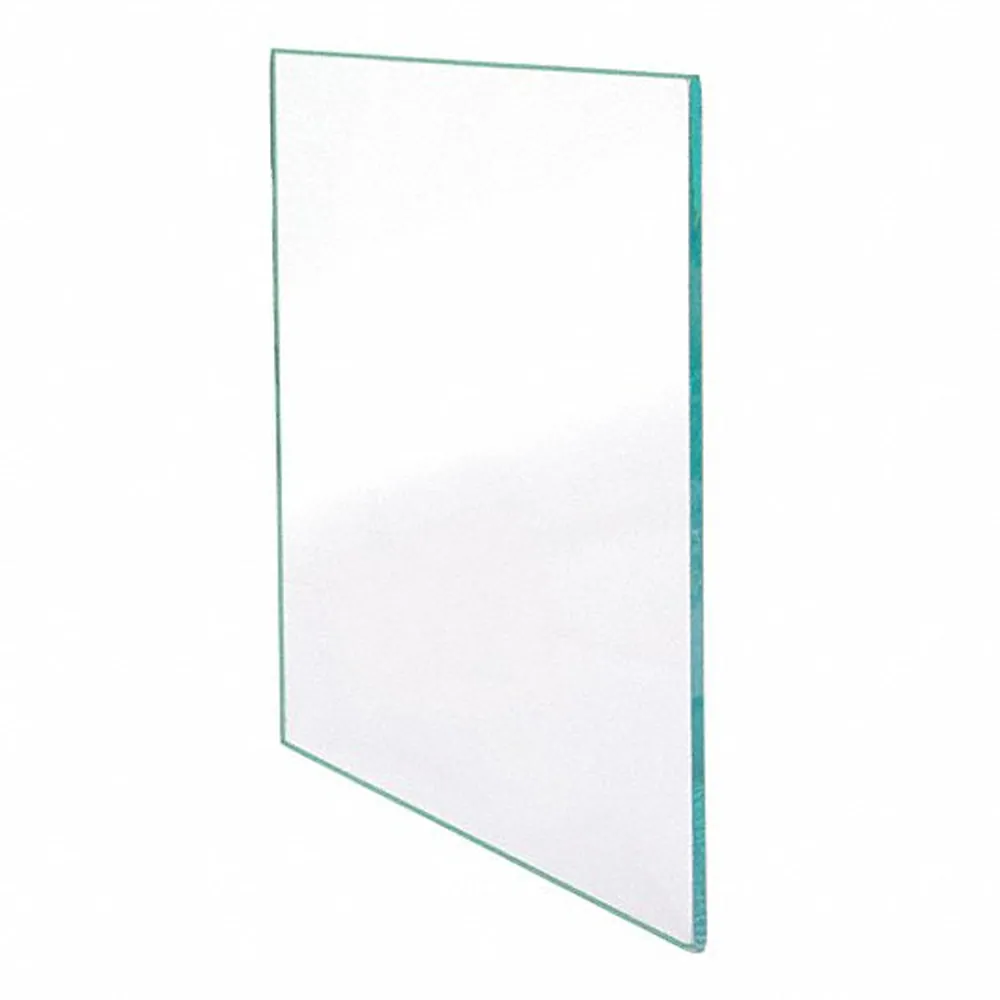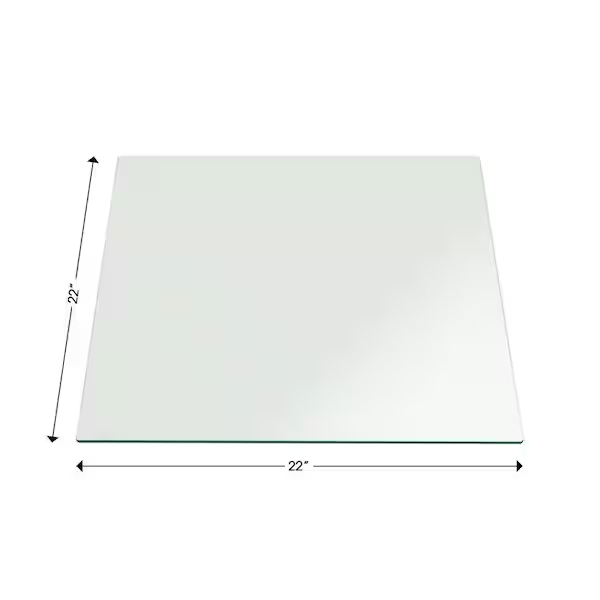
Crafting Holes in Glass: No Drill Required
Traditional Methods for Creating Glass Holes
Creating holes in glass without traditional drilling tools may seem daunting, but several time-tested methods have proven effective for various projects. These methods rely on simple tools and materials you might already have around the house. Let’s explore some of these traditional approaches to making glass holes without a drill.Discover how to make a hole in glass without tools. Learn safe, creative methods for DIY glass projects effortlessly.
Method 1: Duct Tape and Lighter Technique
How to make a hole in glass without tools?This method is particularly useful for thin glass bottles and involves using heat shock induced by rapid temperature changes.
- Step 1: Apply duct tape to the area of the glass where you want the hole to be. The tape helps in focusing the heat on a specific area and also prevents the glass from shattering.
- Step 2: Heat the taped area with a lighter until it’s very hot, and then immediately apply ice-cold water. The sudden change in temperature can cause the glass to crack and form a hole.
- Step 3: Use a hammer and a fine nail to gently tap on the heated area, which can help finish breaking through the glass to create the hole.
Method 2: Using a Soldering Iron
This approach is suitable for making larger holes in glass bottles, and it’s quite precise when a bottle-scoring jig is used.
- Step 1: Choose the bottle’s curve as the starting point. A bottle-scoring jig can give you a more controlled and even scoring around the bottle.
- Step 2: Using the soldering iron, begin by heating the scored line on the glass. Apply the heat until a crack forms and then continue heating along the crack.
- Step 3: Carefully apply pressure with the soldering iron around the score until the piece breaks off cleanly. Make sure you handle the hot glass with appropriate protective gloves.
Method 3: File and Kerosene Approach
This old-school method works well for small holes and requires patience and a steady hand.
- Step 1: Dip a three-sided file in kerosene or a low-density lubricant to reduce friction and help prevent the glass from cracking.
- Step 2: Mark the area where the hole will be. Apply the file to the marked spot and twist it slowly, applying gentle pressure to start carving out the hole.
- Step 3: As you work with the file, regularly apply more lubricant to keep the friction low and periodically check your progress until the hole is made.
Each of these traditional methods comes with its own set of tips and tricks. While they may not be as fast as drilling, they allow for making holes in glass without relying on power tools. As a bonus, these methods can be quite satisfying and foster a deeper understanding of the material you’re working with. Before attempting any of these techniques, make sure to wear safety equipment to protect yourself from any potential glass breakage.
Innovative Glass Hole Making Techniques
Moving beyond the traditional methods, let’s dive into some innovative techniques that even a DIY novice can employ to craft holes in glass without using any power tools. These methods are creative, yet fairly straightforward, and will help you achieve your project goals with the materials at hand.
Method 4: Employing a Glass Cutter
A glass cutter is an essential tool often used by glaziers but can be wielded effectively by do-it-yourself enthusiasts to make larger holes or cutouts in glass. How to make a hole in glass without tools?Here’s how to use a glass cutter for this purpose:
- Step 1: Secure the glass on a flat surface and mark the desired hole’s circumference using a non-permanent marker.
- Step 2: Position the glass cutter’s wheel at the starting point of your marked circle, press down firmly and follow the line in one continuous movement, ensuring to complete the circle.
- Step 3: Place a piece of tape over the score line to control the glass’ vibrations, then gently tap on the center of the scored area with a small hammer until the piece pops out.
This method requires a steady hand and patience to ensure the score line is complete and meets perfectly to avoid unwanted cracks spreading through the glass. The end result should be a clean circular hole.
Method 5: Using an Oiled Carbide Masonry Bit
For those working on projects involving bottles or thicker glass, an oiled carbide masonry bit can be quite effective. This method is similar to drilling, but you can do it by hand with a bit of elbow grease:
- Step 1: Apply a small amount of oil to the tip of the masonry bit to reduce friction and the chance of the glass cracking.
- Step 2: Tape around the area where you want the hole, if working on a flat surface, to prevent vibrations and potential damage to the glass.
- Step 3: Place the bit against the glass and begin twisting it back and forth slowly, applying even pressure. For glass bottles, fill them with water to stabilize and reduce vibrations.
Using this technique carefully will allow you to gradually make a hole in the glass without shattering it.
Method 6: Water Jet Cutting Process
Industrial methods such as water jet cutting are now accessible to smaller scale projects. With enough pressure, water can cut through glass with precision:
- Step 1: Secure the glass and mark the hole location with a waterproof marker.
- Step 2: Set up the water jet cutter following the manufacturer’s guidelines and place the nozzle close to the marked spot.
- Step 3: Gradually increase the water pressure as needed and steadily move the jet along the line to cut through the glass.
This method requires specialized equipment but is excellent for exacting, clean cut holes and complex shapes.
Method 7: Laser Cutting for Precision
How to make a hole in glass without tools?For the utmost precision and intricate designs, laser cutting stands out:
- Step 1: Set up the laser cutter according to your design specifications and glass type.
- Step 2: Secure the glass in place and focus the laser on the area where the hole will be created.
- Step 3: Activate the laser and allow it to etch or cut through the glass following the pre-set parameters.
In conclusion, whether you are seeking a crafty way to repurpose a glass bottle or working on a sophisticated glass project, these innovative techniques offer an array of options to those preferring to avoid power tools. As always, safety is paramount, so don’t forget to wear appropriate safety gear and handle glass with care to prevent injuries and breakage.
Safety and Precautions When Working With Glass
Creating holes in glass without the use of power tools doesn’t mean the risks associated with the material are reduced. In fact, manual methods can sometimes require more direct interaction with glass which can increase the chance of injury if proper safety measures are not taken. To mitigate risks, it’s essential to understand and use appropriate safety gear, and to know how to minimize glass breakage. Let’s delve into the safety aspects of making holes in glass without using a drill.
Understanding the Importance of Safety Gear
When working with glass, personal protective equipment (PPE) is crucial for preventing injuries. The primary pieces of safety gear you should always use include:
- Safety glasses or goggles: These protect your eyes from glass shards and debris.
- Heavy-duty gloves: To safeguard your hands from cuts and abrasions.
- Long-sleeved clothing: To protect your skin from being scratched by glass fragments.
- Closed-toe shoes: In case pieces of glass fall to the floor, your feet should be protected.
These items are your first line of defense against potential accidents. Never underestimate the importance of PPE, no matter how small the task may seem.
Tips to Avoid Glass Breakage During Drilling
Although we’re discussing non-drilling methods, these tips can also apply to manual techniques and help prevent glass from breaking:
- Go slow: Rushing can cause you to apply uneven pressure, increasing the chance of breakage.
- Apply even pressure: Whether using a file, glass cutter, or a carbide bit, consistent pressure helps prevent cracks.
- Use lubrication: Oil or a low-density lubricant not only helps the cutting tool move smoothly but also keeps the glass temperature regulated, reducing stress.
- Support the glass: Make sure the glass is well supported on a stable surface while you’re working on it to prevent flexing and cracking.
FAQs on Glass Hole-Making Safety
Here are some frequently asked questions about safety while making holes in glass without a drill:
- Q: Is it risky to make holes in glass at home?
- A: If proper safety gear is used and careful techniques are applied, the risk can be greatly minimized.
- Q: Can glass cutting lead to serious injuries?
- A: Yes, if proper precautions aren’t taken, the sharp edges of glass can cause cuts and even severe injuries.
- Q: Should I practice on scrap pieces of glass first?
- A: It’s always a good idea to practice on scrap glass to get a feel for the pressure and technique required, reducing the risk of breaking your actual piece.
In conclusion, when creating holes in glass without tools, the importance of safety cannot be overstressed. Using safety gear and following precautions are just as vital as the technique you choose. Whether you’re an experienced craftsperson or a DIY beginner, maintaining safety will ensure that your glass project is successful and injury-free.
